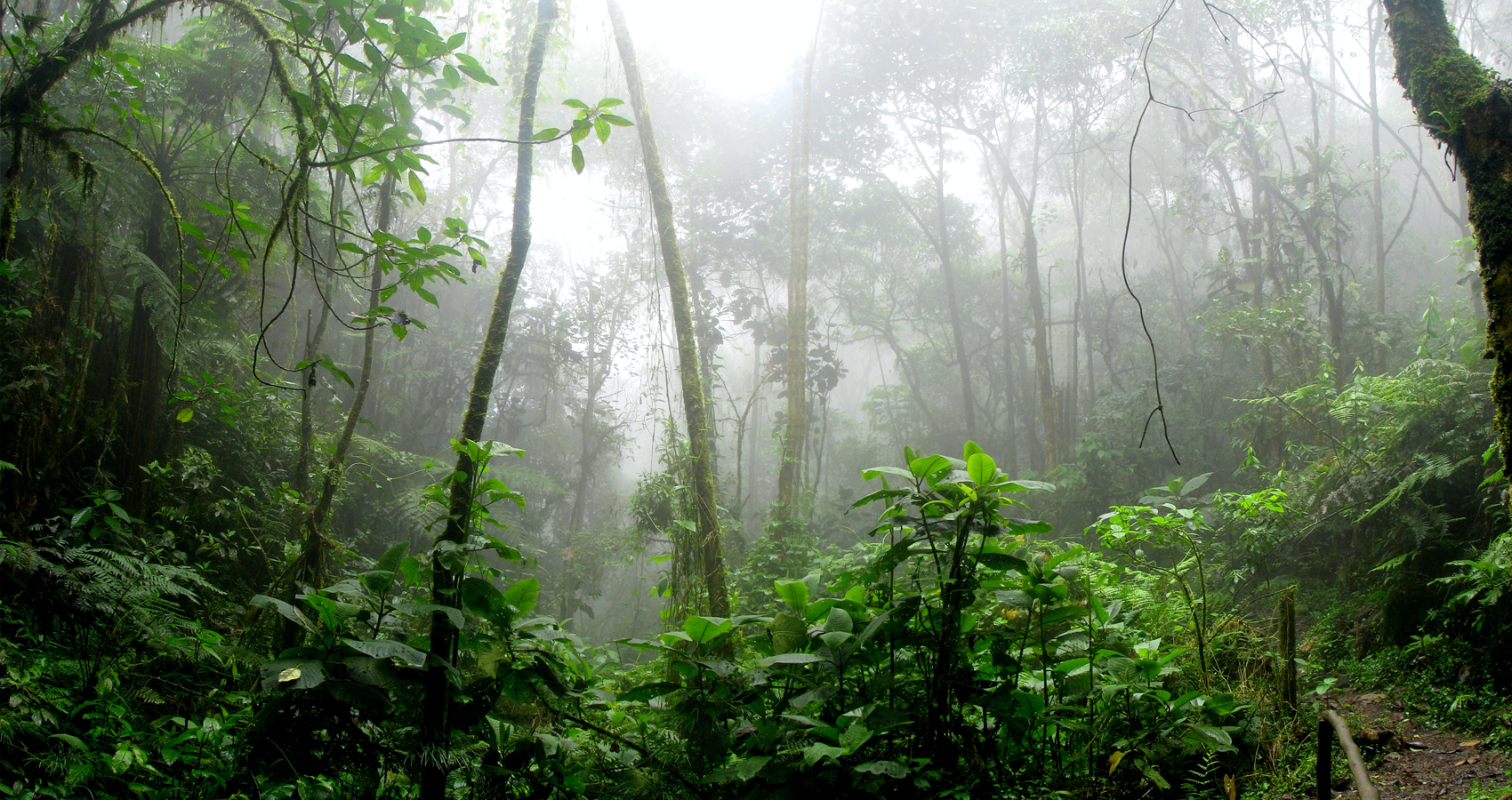
Researchers State Amazon Rainforest is Reaching a ‘Tipping Point’
A recent study found that over 75% of the untouched forest will now take longer to recover from natural disasters such as wildfires.
New data, based on 30 years of satellite findings, has indicated a concerning loss of resilience of over three quarters of the Amazon rainforest. This loss of resilience refers to the ability that the trees have to recover from environmental damage such as droughts and fires. This not only suggests that the rainforest has been severely damaged in order to reach this point but it is also less protected against the impacts of climate change, which often causes issues such as droughts, as a result. Scientists are concerned that this cycle will lead to a case of ‘dieback’ where the trees begin to die at the tips of the leaves and roots, and this spreads backwards through the plant. This is particularly concerning considering the amount of carbon that the Amazon absorbs and stores which would be released back into the atmosphere in the case of ‘dieback’.
These findings have caused concerns that the rainforest could go from its current state, which is already significantly worse than its former glory, and then progressively transform to a deserted grassland in the coming decades. Not only would this mean that we would lose a rainforest that formerly removed huge amounts of carbon dioxide from our atmosphere but it would also become an environment that actually emits loads of CO2 and, therefore, contributes to global warming.
Up Next, Fashion Industry Cease Sales And Use Donations To Support Ukraine











